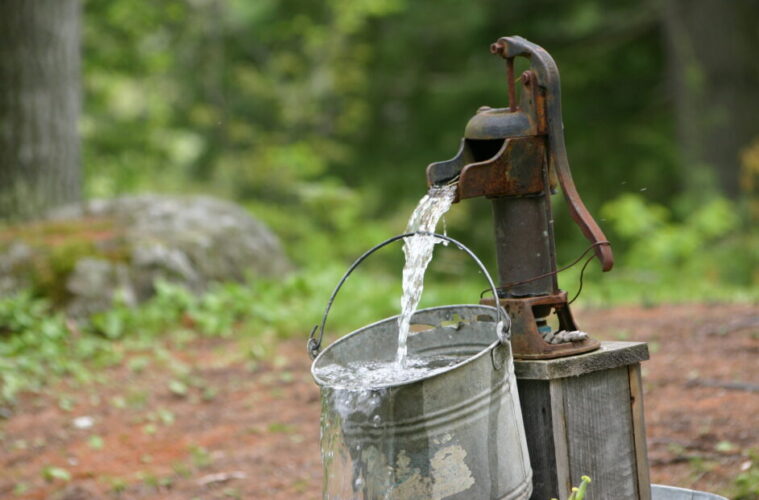Your nose and eyes might tell you otherwise, but it’s actually very difficult to judge the safety of well water by your senses alone.
Some of the most common well water contaminants can produce water with off-putting colors and tastes, but that is actually completely safe to drink. On the other hand, many of the most dangerous substances sometimes found in well water have no detectable qualities at all, and can only be identified through testing.
Here’s The Architecture Designs explore some guide to identifying funny tastes and smells in well water, and judging whether or not your water is likely to be safe to drink.
Rotten egg smelling water
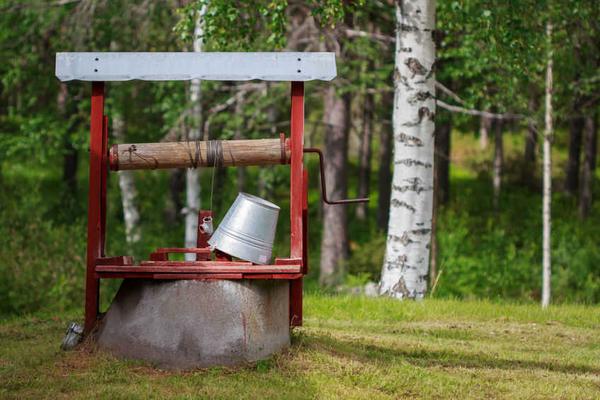
source: shopify.com
Alongside discoloration, perhaps the most common well water complaint involves water with a distinct “rotten-egg” smell. Again, this offputting aroma isn’t usually a sign of a health risk, but high levels of sulfur in the water supply.
Sulfides are a naturally occurring element in the earth that can dissolve into groundwater. When sulfur breaks down, it releases hydrogen sulfide gas, which produces an unpleasant smell.
Note: this applies to sulfury smells coming from water itself. If you notice a rotten-egg odor emanating from an appliance or faucet, the cause is more likely to be bacterial contamination.
Water that causes black or gray stains
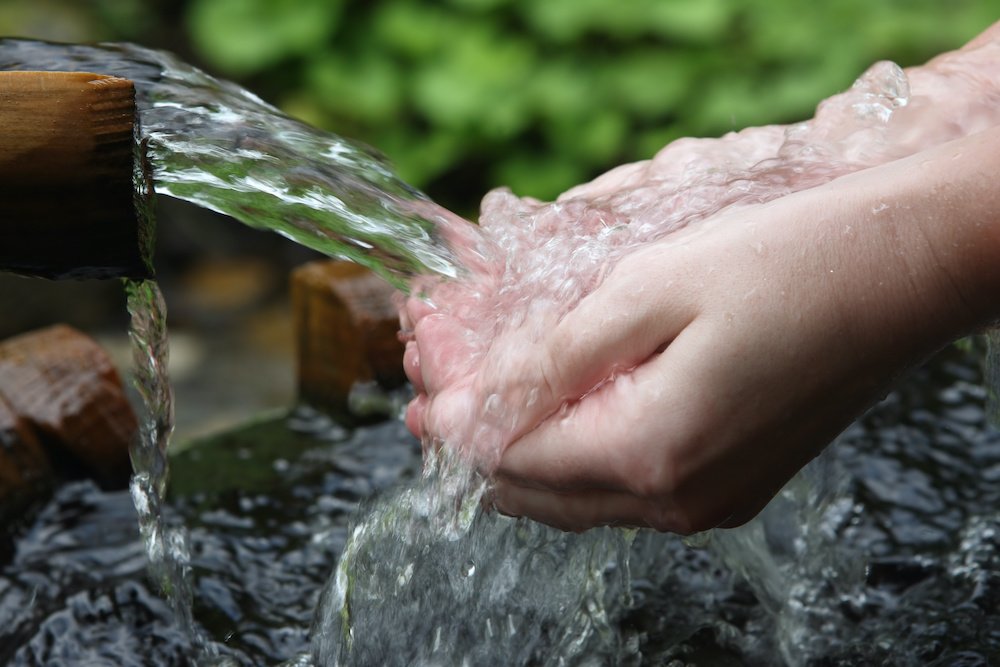
source: wateradvisor.org
If you come across black stains in your sink basin, on your towels, or even on your clothes, you may worry that your drinking water contains unsafe substances. In reality, the most likely cause of dark stains from well water is manganese, which is another naturally occurring earth mineral that isn’t usually considered a health risk.
Along with magnesium and calcium, manganese often contributes to symptoms of hard water (below), such as scale and water spots. Consuming extremely high amounts of manganese is associated with nerve and respiratory issues. If you suspect that your water contains unusually high levels of the mineral, have your well tested. If the results show hard water, you should invest in a good quality water softener for well water to improve your water quality.
Brown or yellow well water
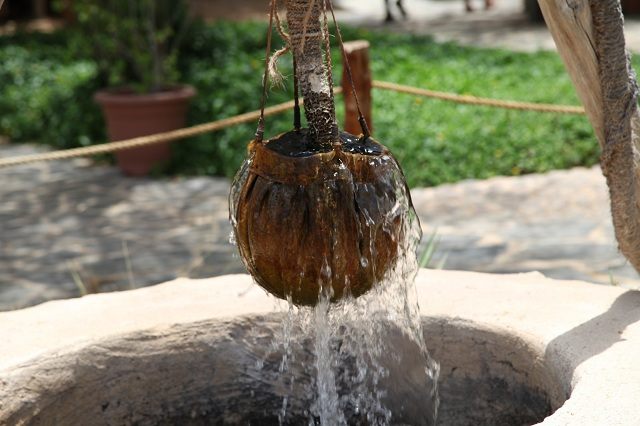
source: rankerhub.com
Private wells often conjure images of drinking water with unsightly orange, yellow, or brown tinges. For those unused to drinking well water, this can cause concerns about water safety.
Usually, however, a brown coloring in water is due to high levels of iron contamination, which is not a health concern. While the presence of iron in water can make bacterial growth more likely, iron itself is safe to drink, even in moderately high quantities.
On the downside, iron can discolor water softeners, create metallic or earthy tastes, and even stain porcelain fixtures.
Cloudy water
It’s not just well water that can come out of the faucet with a milky, cloudy appearance. But because it spends long periods of time underground, well water can accumulate high levels of hard water minerals, which is the primary reason behind colorless clouding.
Hard minerals like magnesium and calcium dissolve into water when it comes into contact with porous bedrock such as limestone. As this hardened water passes through pipes and hot water appliances, the minerals can then leave water and deposit on surfaces in the form of scale. This creates clogging, clouding, and water spots on kitchenware, but softening water can once again combat these issues.
While hard mineral water can be damaging to your appliances and rough on the skin, it’s actually considered minimally beneficial for health.
Wells in agricultural areas
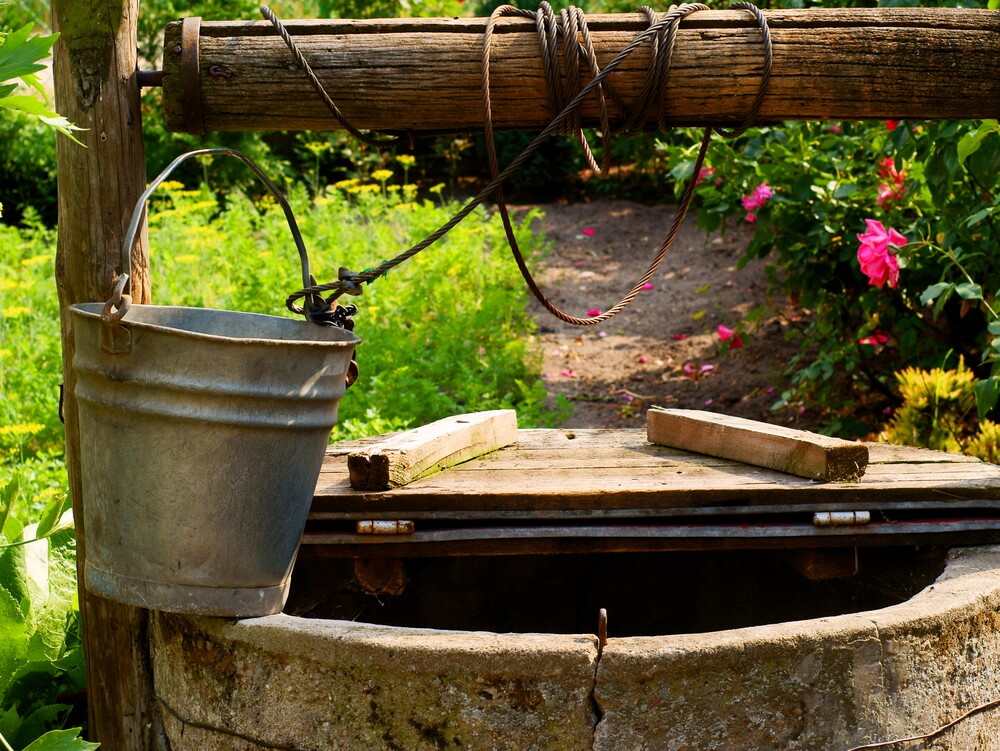
source: pinterest.com
The major safety risks to well water safety are often not detectable by taste, smell, and appearance. These include chemical and bacterial contaminants from farming activities, such as pesticides, herbicides, and coliform bacteria from animal waste.
Deep, properly-maintained wells should be protected from contaminated agricultural runoff. But shallow wells, or those in flood-prone areas, can accumulate dangerous contaminants as they seep into nearby soil and then make their way into groundwater.
Wells near industrial activity
Like intensive modern agriculture, large industry sites expel chemicals and gases that can enter the aquatic ecosystem without being detectable to our senses. Factories, refineries, mines, and landfill sites are all commonly found in the same environment as domestic wells, and threaten the safety of well water if proper filtering and maintenance aren’t upheld.
For example, any well near a military site should be filtered for PFAS chemicals, which are used in firefighting foams and other solutions, and have been associated with fertility and nervous system issues.
Shallow wells
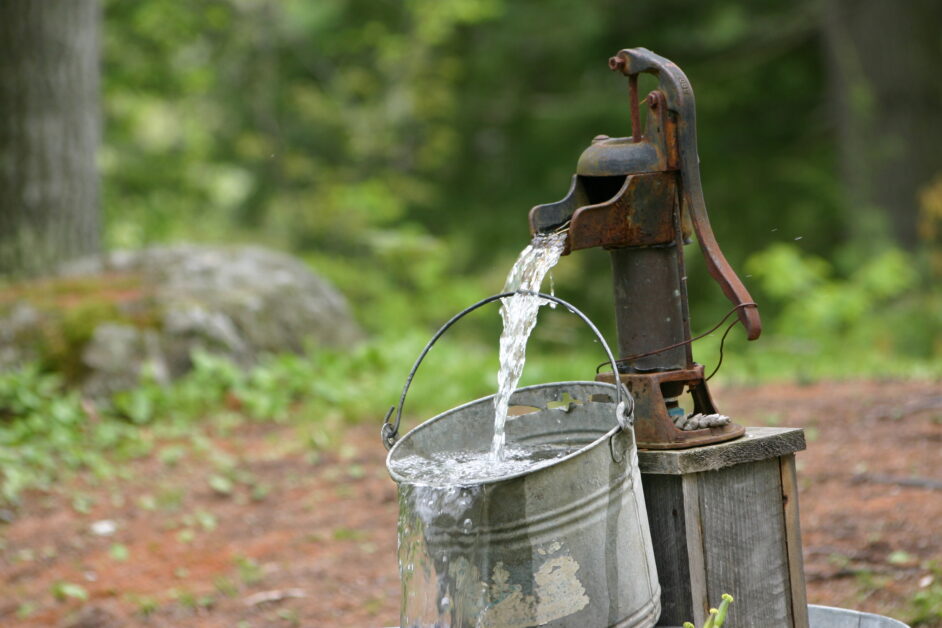
source: lvecowater.com
Finally, well depth is often a good metric to use when judging the safety of a water supply. Generally speaking, deeper wells tap into aquifers that naturally filter water to a higher level.
While deeper aquifers are more likely to produce water with high levels of dissolved minerals, their water supply is likely to contain harmful contaminants like man-made chemicals and bacteria.
Shallow wells tap into water that’s usually spent less time underground, meaning it doesn’t undergo the same level of natural filtration. Water may also carry contaminants that exist in the upper layers of soil, such as the industrial and agricultural chemicals mentioned above.
If a well is both shallow and unmaintained, it’s also at risk of surface water washing in during floods or periods of heavy rainfall.

